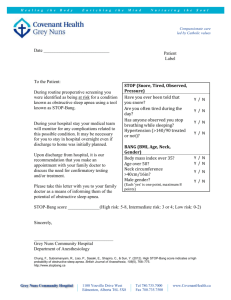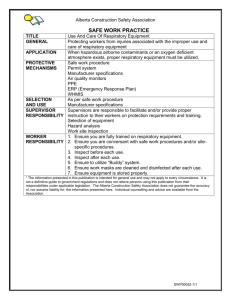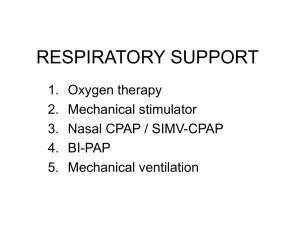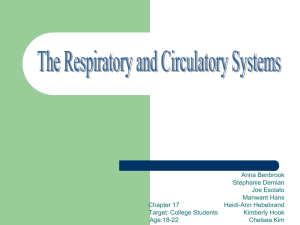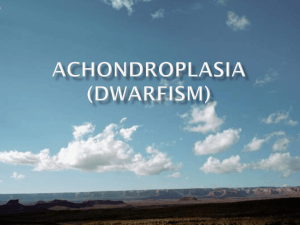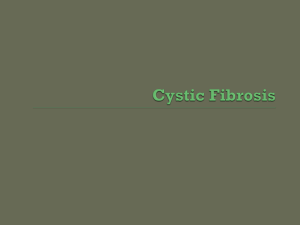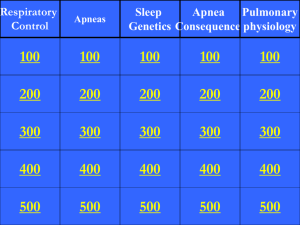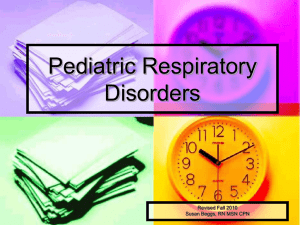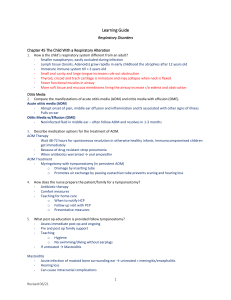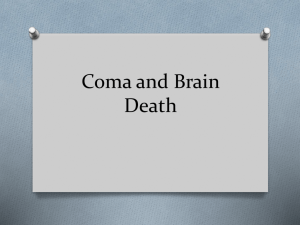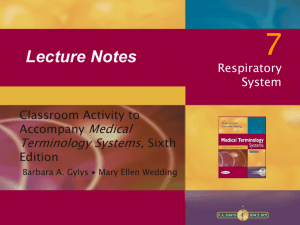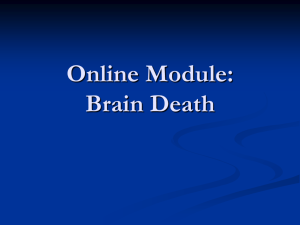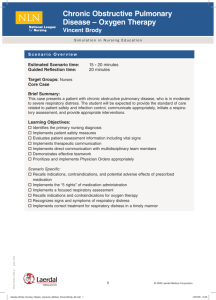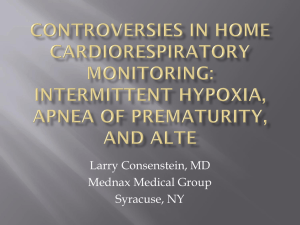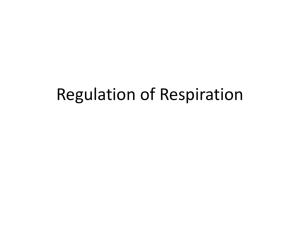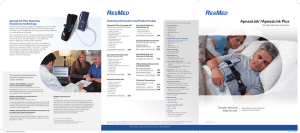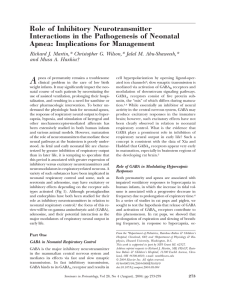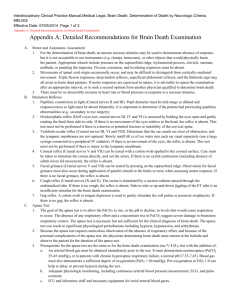Noninvasive ventilation in a child affected by achondroplasia
advertisement
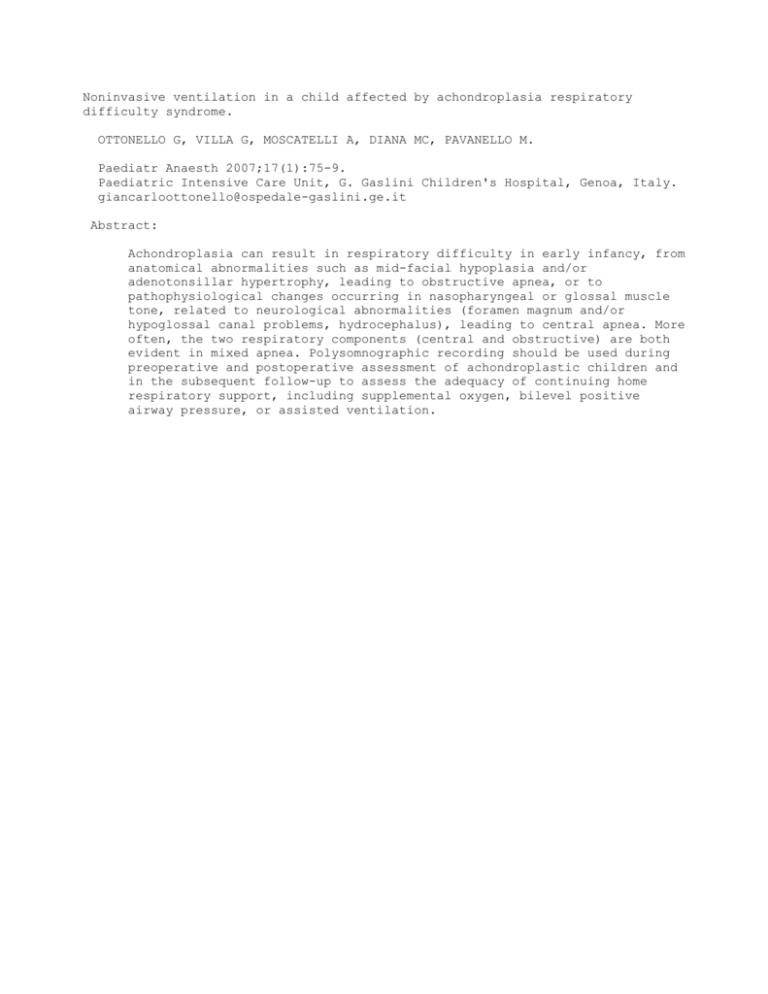
Noninvasive ventilation in a child affected by achondroplasia respiratory difficulty syndrome. OTTONELLO G, VILLA G, MOSCATELLI A, DIANA MC, PAVANELLO M. Paediatr Anaesth 2007;17(1):75-9. Paediatric Intensive Care Unit, G. Gaslini Children's Hospital, Genoa, Italy. giancarloottonello@ospedale-gaslini.ge.it Abstract: Achondroplasia can result in respiratory difficulty in early infancy, from anatomical abnormalities such as mid-facial hypoplasia and/or adenotonsillar hypertrophy, leading to obstructive apnea, or to pathophysiological changes occurring in nasopharyngeal or glossal muscle tone, related to neurological abnormalities (foramen magnum and/or hypoglossal canal problems, hydrocephalus), leading to central apnea. More often, the two respiratory components (central and obstructive) are both evident in mixed apnea. Polysomnographic recording should be used during preoperative and postoperative assessment of achondroplastic children and in the subsequent follow-up to assess the adequacy of continuing home respiratory support, including supplemental oxygen, bilevel positive airway pressure, or assisted ventilation.



